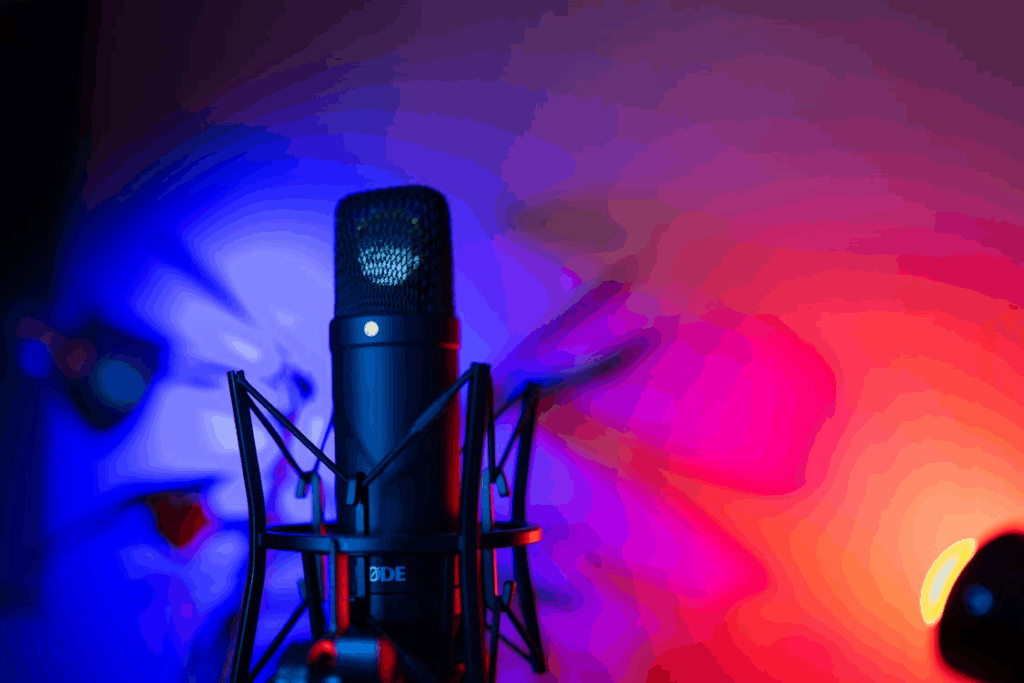Fandoms are no longer niche corners of the internet; they have become mainstream. They’re cultural powerhouses shaping everything from entertainment to marketing. What began as groups of passionate fans sharing enthusiasm for a book, movie, or artist has evolved into organized communities capable of influencing industries, trends, and social movements.
In today’s hyperconnected world, the power of fandom culture isn’t just about consuming stories, but about co-creating them.. Through art, discussion, and collective passion, fans have become an essential part of the creative ecosystem.
From Fringe to Mainstream
Once dismissed as obsessive or fringe, fandoms have become a defining feature of modern culture. Online platforms like Reddit, X (formerly Twitter), and TikTok have given fans a megaphone, amplifying their voices and uniting global audiences in real-time.
Franchises like Marvel, Harry Potter, Taylor Swift, and Star Wars thrive not only because of their creators but also because of the energy of their fan bases. Fans keep stories alive between releases, create theories that sustain engagement, and generate viral content that extends a franchise’s reach far beyond its original medium.
This participatory culture has blurred the line between creator and consumer. Fandoms are now collaborators in storytelling, reacting, remixing, and reshaping narratives through their creativity and commitment.
Curious how trends catch fire? See Behind the Scenes of Viral Internet Trends.
The Psychology of Belonging
At its core, fandom is about connection. Psychologists say that humans have a fundamental need for belonging, and fandoms fulfill this by providing a sense of identity, a shared language, and a sense of purpose. When fans gather, whether it’s online or at conventions, they experience a sense of community that’s deeply emotional and validating.
Research shows that belonging to a fandom can increase happiness and self-esteem. Shared enthusiasm strengthens social bonds, offering an outlet for expression and support. For many, fandom becomes more than a hobby. It’s a social home.
Fandoms also serve as creative incubators. Fan art, fan fiction, and video edits offer a low-pressure, collaborative environment for individuals to explore their artistic expression. Some of today’s successful authors and creators began by participating in fan communities that honed their storytelling skills.
See the Psychology of Internet Comment Sections to explore the power of what fans have to say.
The Economic and Cultural Impact
Fandoms wield enormous influence in today’s economy. Studios and brands now recognize that fan engagement drives success as much as marketing budgets. A passionate fanbase can turn a modest release into a phenomenon or a backlash into a headline.
Streaming services and entertainment companies analyze fan behavior to tailor their content, while merchandise, events, and conventions generate billions of dollars annually. But fandom influence goes beyond commerce: it shapes representation and inclusion. Online fan movements have successfully pushed for diversity in casting, revived canceled shows, and elevated independent artists to stardom.
Fandoms prove that collective voice matters. They’ve democratized culture by giving audiences real power to shape the media they consume.
Explore How Streaming Changed the Way We Tell Stories for how platforms and storytelling evolve together.
Fandoms as a Force for Good
Beyond pop culture, fandoms often channel their passion into positive action. Groups of fans have raised money for charities, organized blood drives, and supported social causes in the names of their favorite artists or fictional worlds.
When united by a shared story or symbol, fandoms become communities of empathy and creativity. They remind us that connection through art, whether a song, show, or story, can inspire real-world change.
The hidden power of fandoms lies in their ability to transform passive entertainment into an active sense of belonging. In a fragmented world, they’re proof that shared joy can still bring people together.




